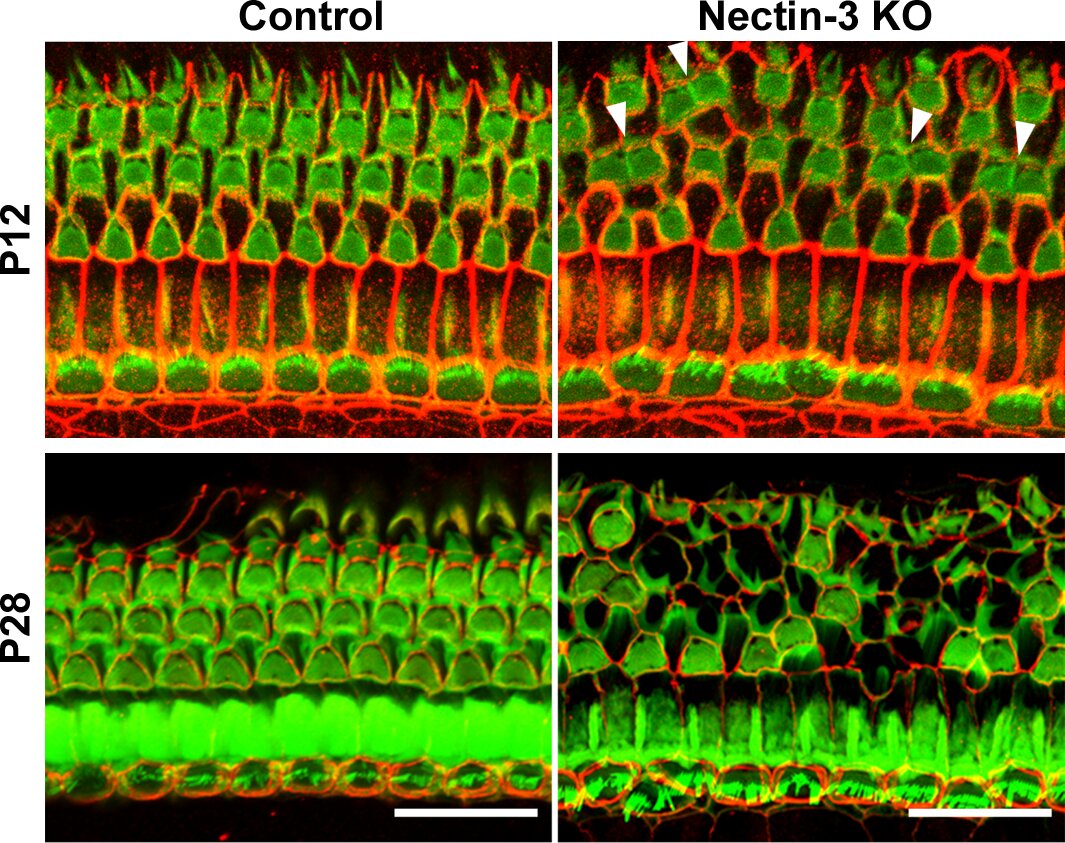Have you ever felt like your cat knows a little more than he’s letting on? Well, maybe you’re onto something. New research suggests that our little feline friends could be surprising sources of evidence when a crime has been committed.
Specifically, a cat’s fur may retain enough DNA shed by someone who has been in its vicinity to serve as evidence of a fleeting encounter between the two. This could mean that while cats can’t be interrogated, they might still be able to help identify perpetrators.
The new study is the first to examine how pets can contribute to DNA transfer, so there is still a lot of work to be done. But it represents a positive step towards the future collection of more complete forensic evidence – which, of course, would be very useful for police investigations.
“The collection of human DNA should become very important in crime scene investigations, but there is a lack of data on companion animals such as cats and dogs in their relationship to the transfer of human DNA “says forensic scientist Heidi Monkman of Flinders University in Australia.
“These pets can be very relevant in assessing the presence and activities of household residents, or any recent visitors to the premises.”
In recent years, DNA analysis technology has become so sophisticated that even the tiniest trace of genetic material can be relevant to a crime scene investigation. And we messy humans leave our DNA everywhere. Even brief contact with an object can transfer traces of our genetic material. So-called tactile DNA alone is not enough to positively identify a suspect, but it can be used to support other evidence or exclude people.
Tactile DNA obtained from a surface does not even necessarily require the person to touch that surface. It can be transported by a number of means, in skin cells or hair that derives from a passing body, for example. This is where pets can play a role.
So Monkman and his Flinders University colleague Mariya Goray, an experienced crime scene investigator, teamed up with forensic pathologist Roland van Oorschot of the Victoria Police Department of Forensic Services in Australia to see if they could extract traces of readable human DNA from pet cats.
Their study was conducted on 20 cats from 15 homes. At the study participants’ homes, the researchers swabbed the fur on the right side of each cat twice and took DNA samples from most of the human study participants (one was an underage child who was not sampled). Cat swabs and human DNA samples were then processed.
In addition, the occupants of the home completed questionnaires on the behavior and daily habits of the cats. This included how often the cat was touched and by whom in the household.
Detectable levels of DNA were found in 80% of cat swab samples. For all cats, there was no significant difference between the amount of DNA present and the time since last contact with a human or the length of the cat’s hair.
The team was able to generate DNA profiles of 70 percent of the cats in the study which could be interpreted well enough to be related to a human. Most of the DNA came from people in the cat’s household, but of six of the felines, only unknown human DNA was detected.
Two of these cats spent a lot of time in the bed of the child whose DNA was not taken, which could explain some of the “mystery” results. The provenance of the unidentified DNA on the remaining four cats is unknown. None of the households had had visitors for at least two days prior to sampling.
One case was particularly interesting: a household of two cats and two people. One of the cats, a hairless sphynx, carried DNA from an unknown third human. The other cat, a short-haired ragdoll, did not. The two cats had interacted also with the humans of their household.
Possible sources could include direct transport of DNA from a human, for example by patting, or by the cat rubbing against a contaminated surface. The DNA could also have persisted since the cat’s last contact with a visitor.
“How this DNA was transferred to cats, and how it persisted on them, is unknown,” the researchers write.
“Further research is needed on the transfer of human DNA to and from cats, and the persistence of human DNA on cats and what may influence the different levels of DNA found on cats, such as habits behavioral and loser status of owners.”
Or maybe that’s just what the cat wants you to think…
The research has been published in Forensic Science International: Genetic Supplement Series.
#Cats #harbor #crime #scene #DNA #scientists


